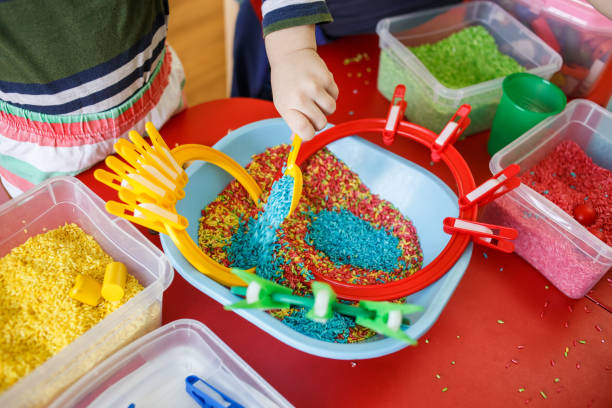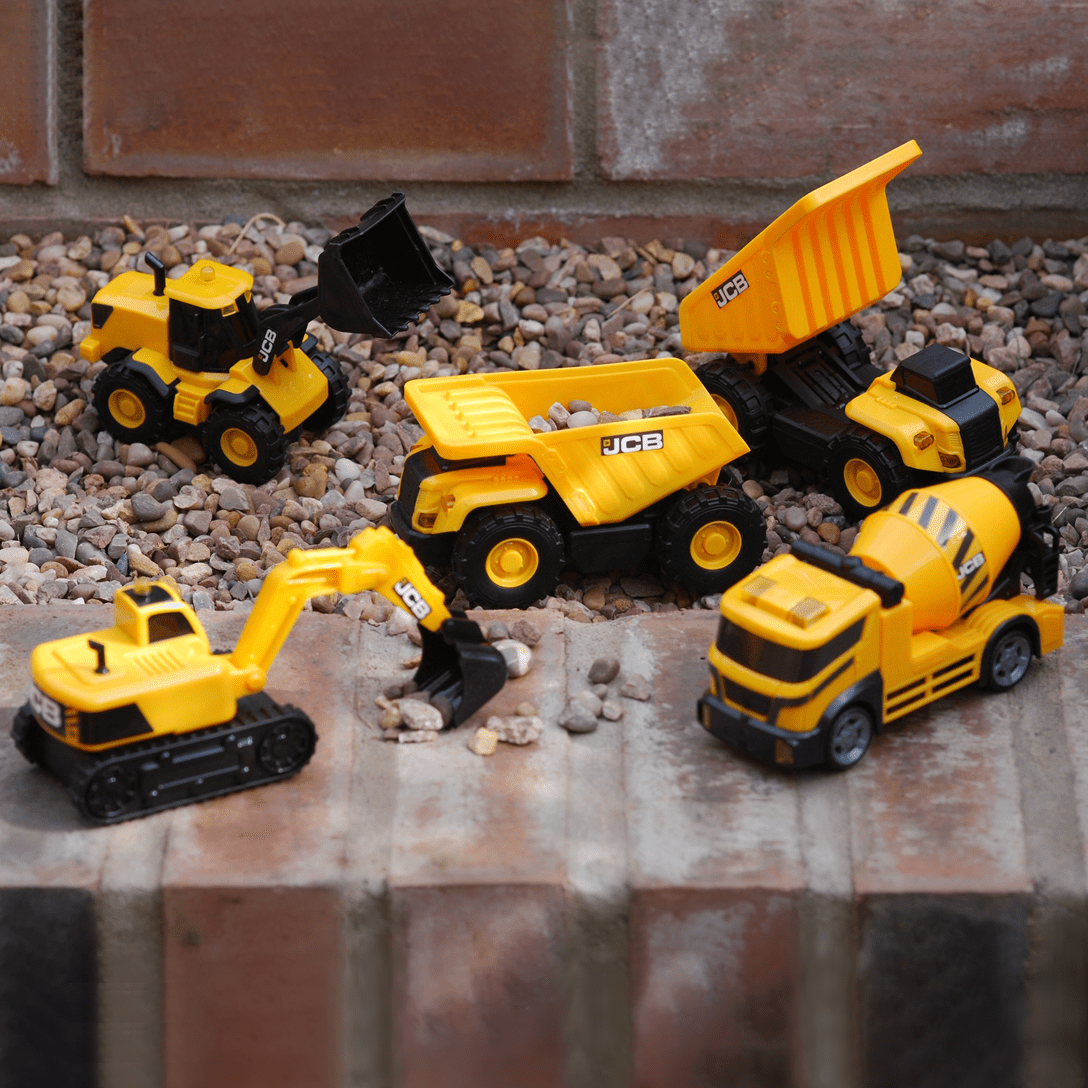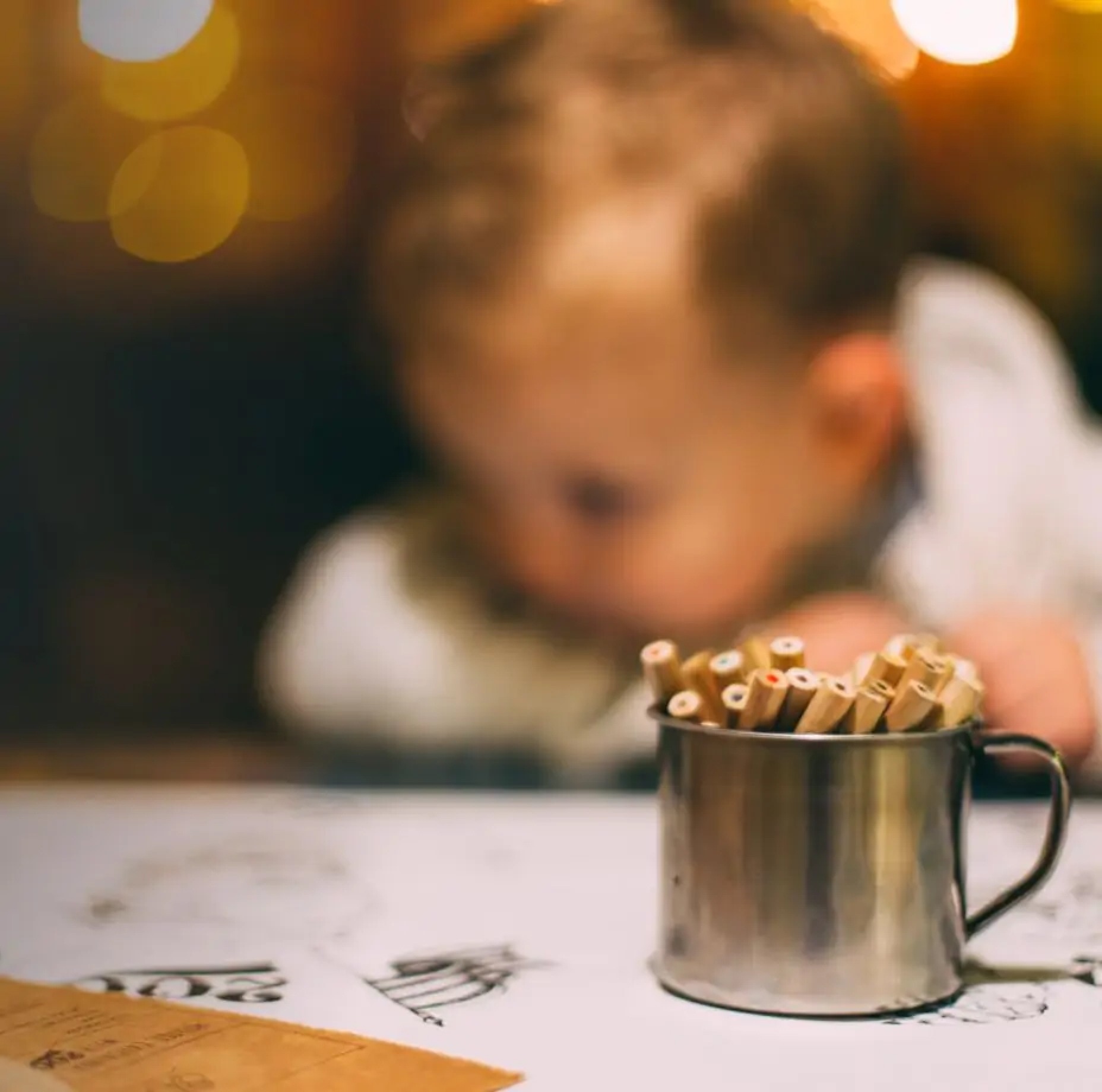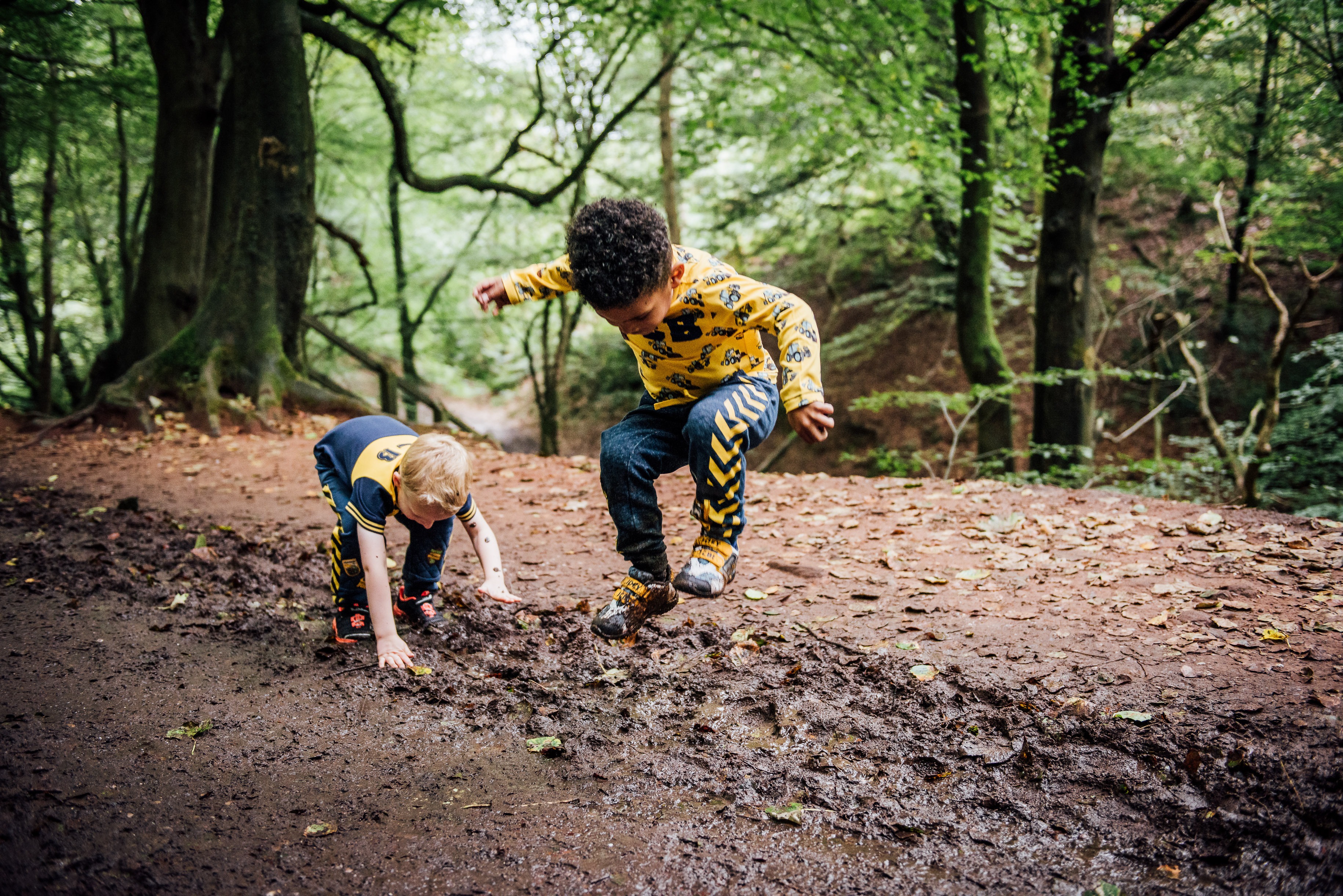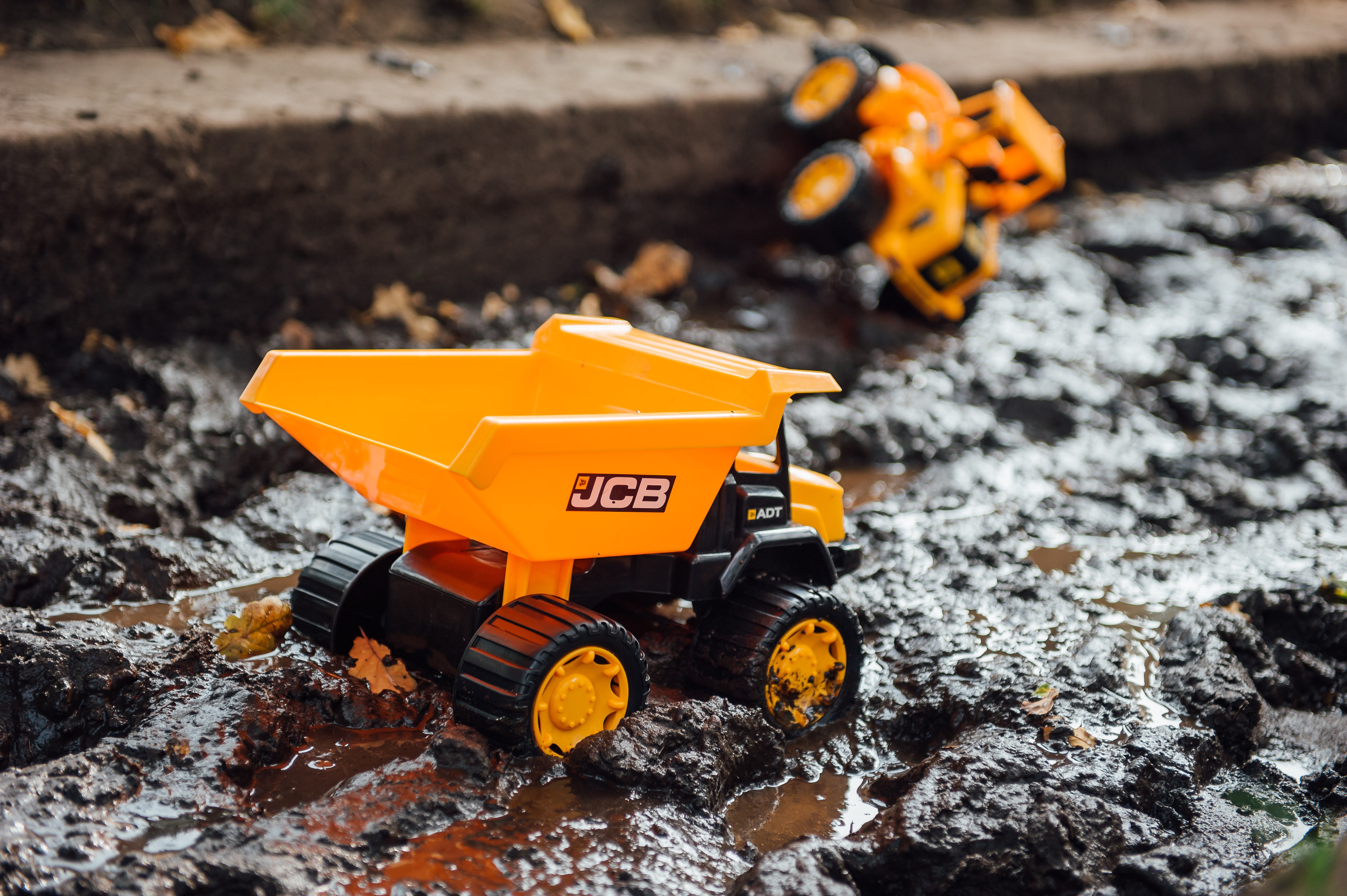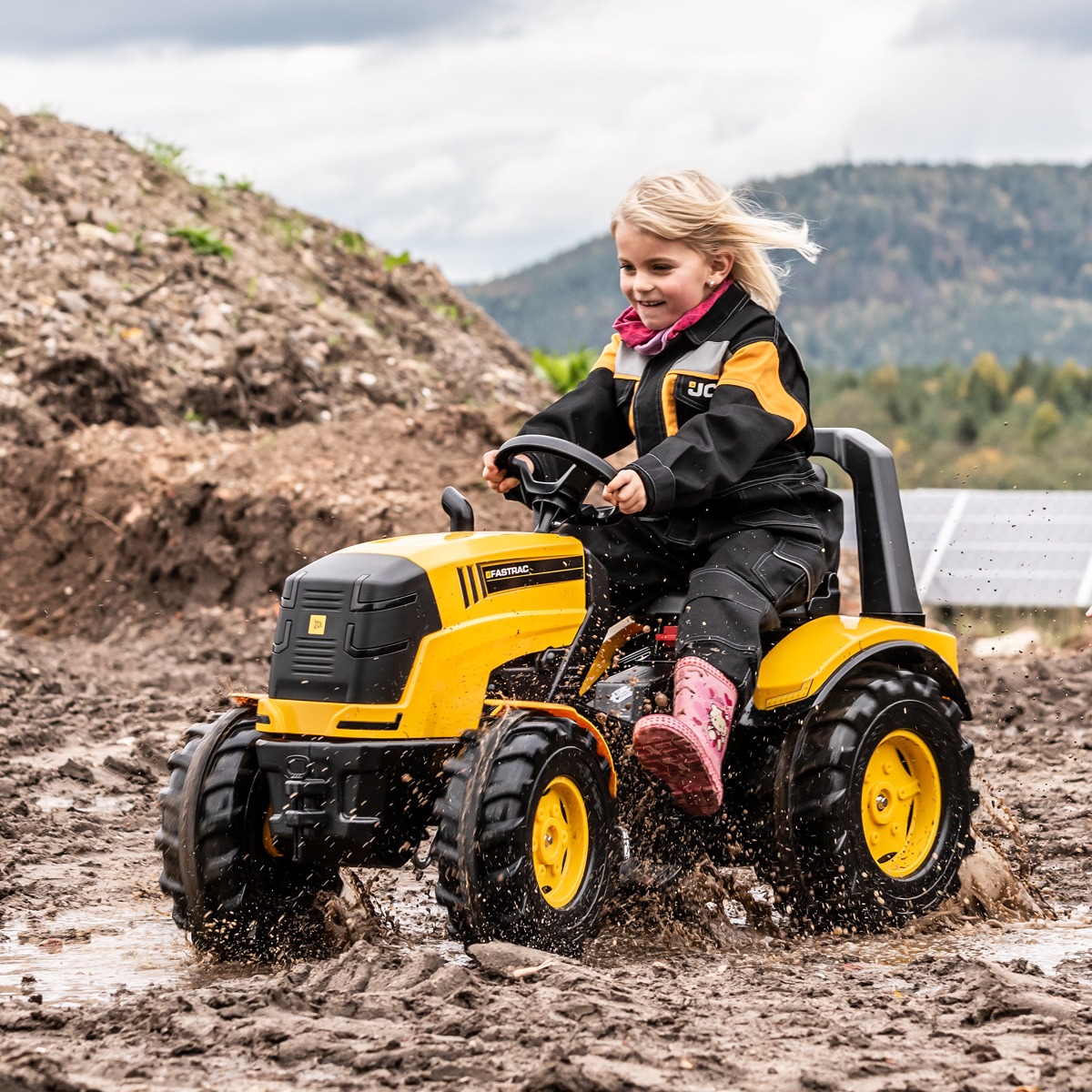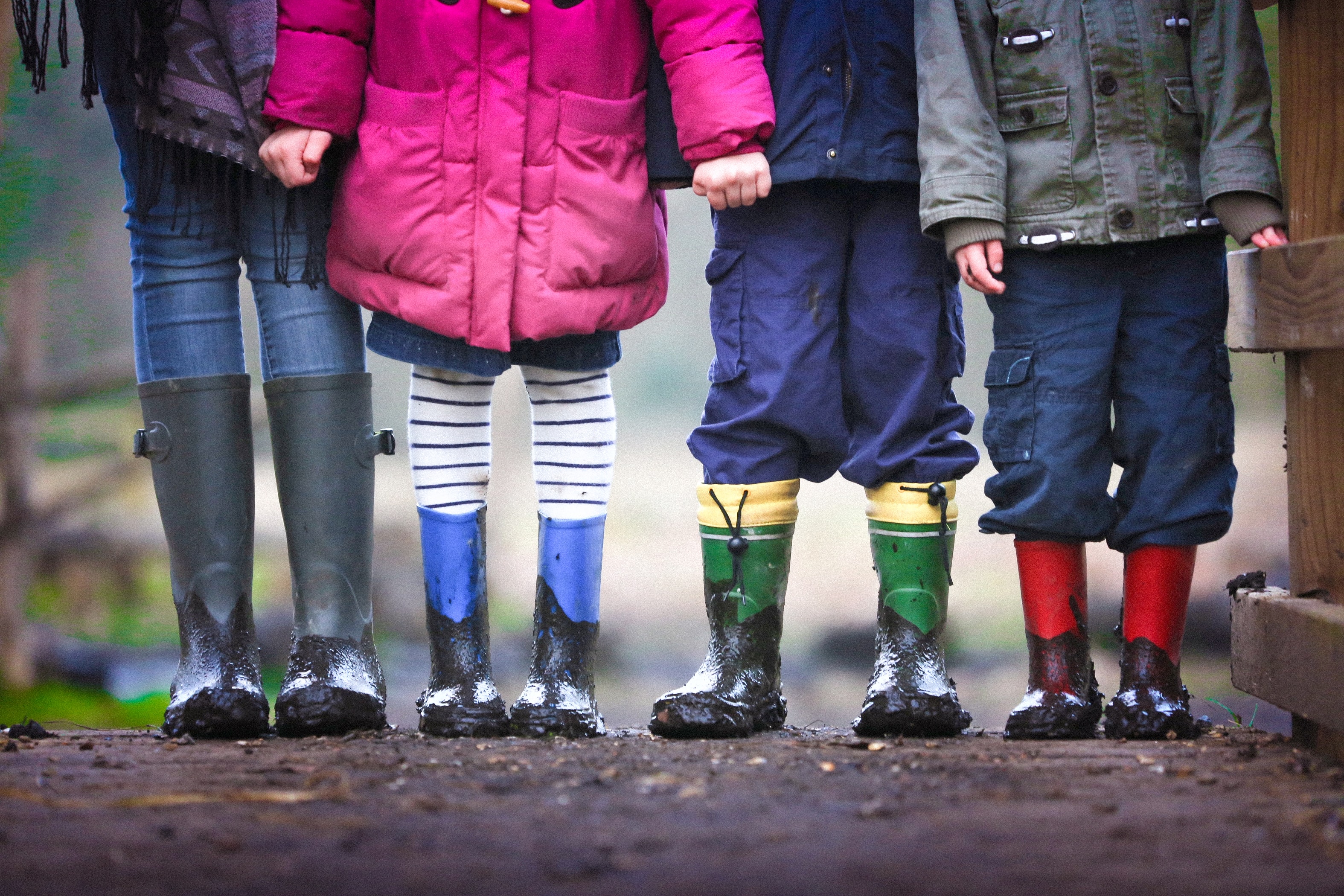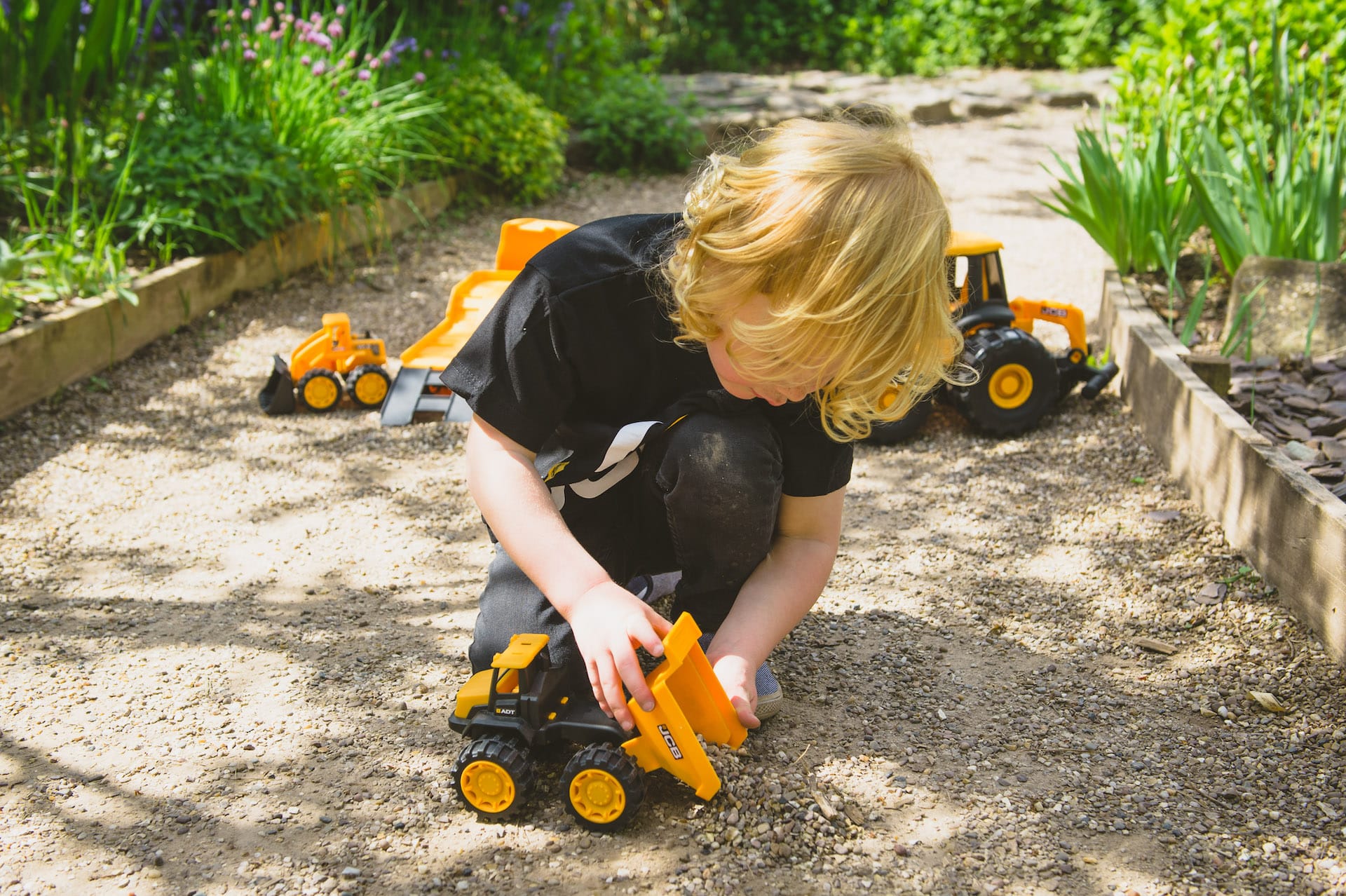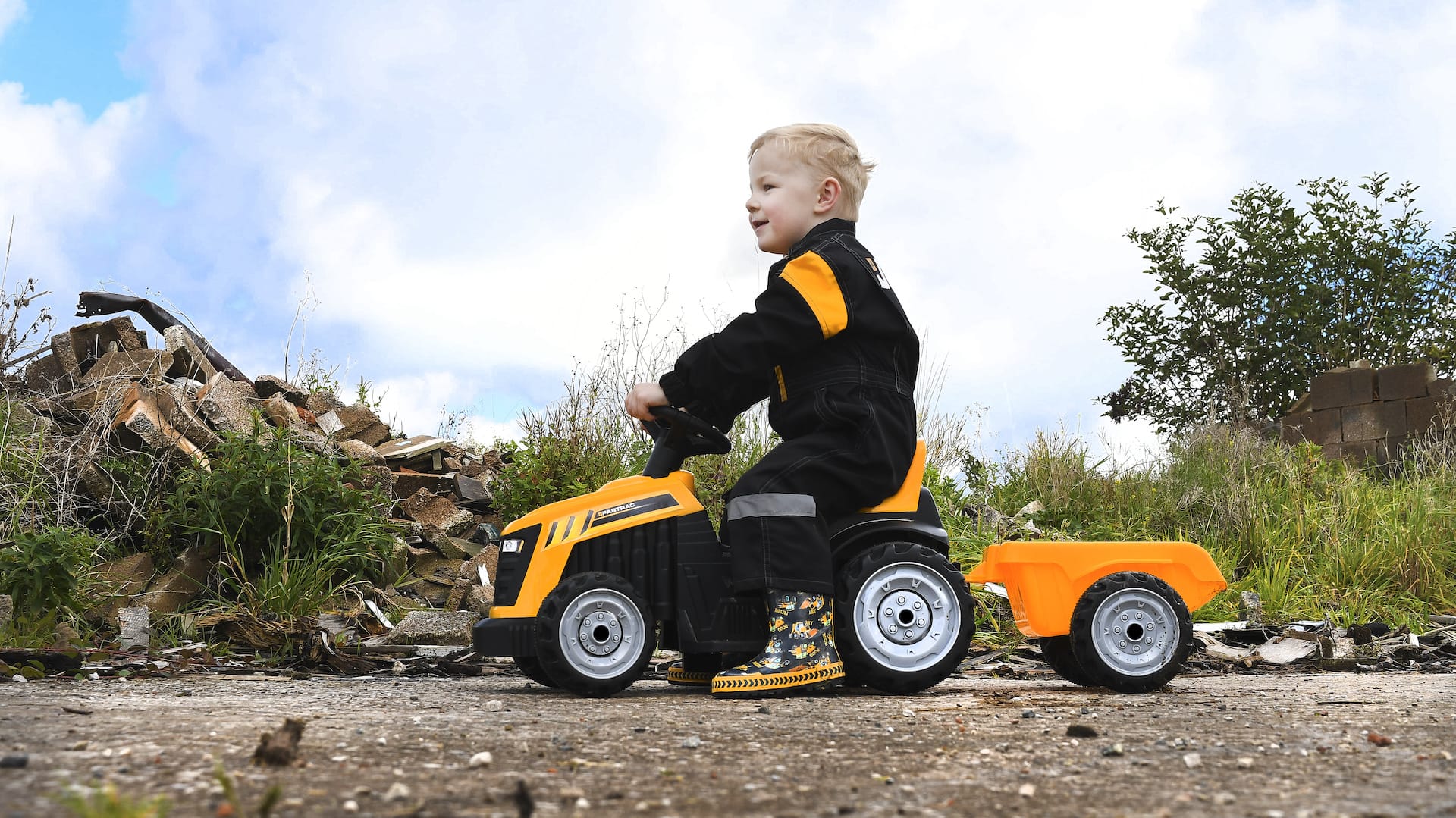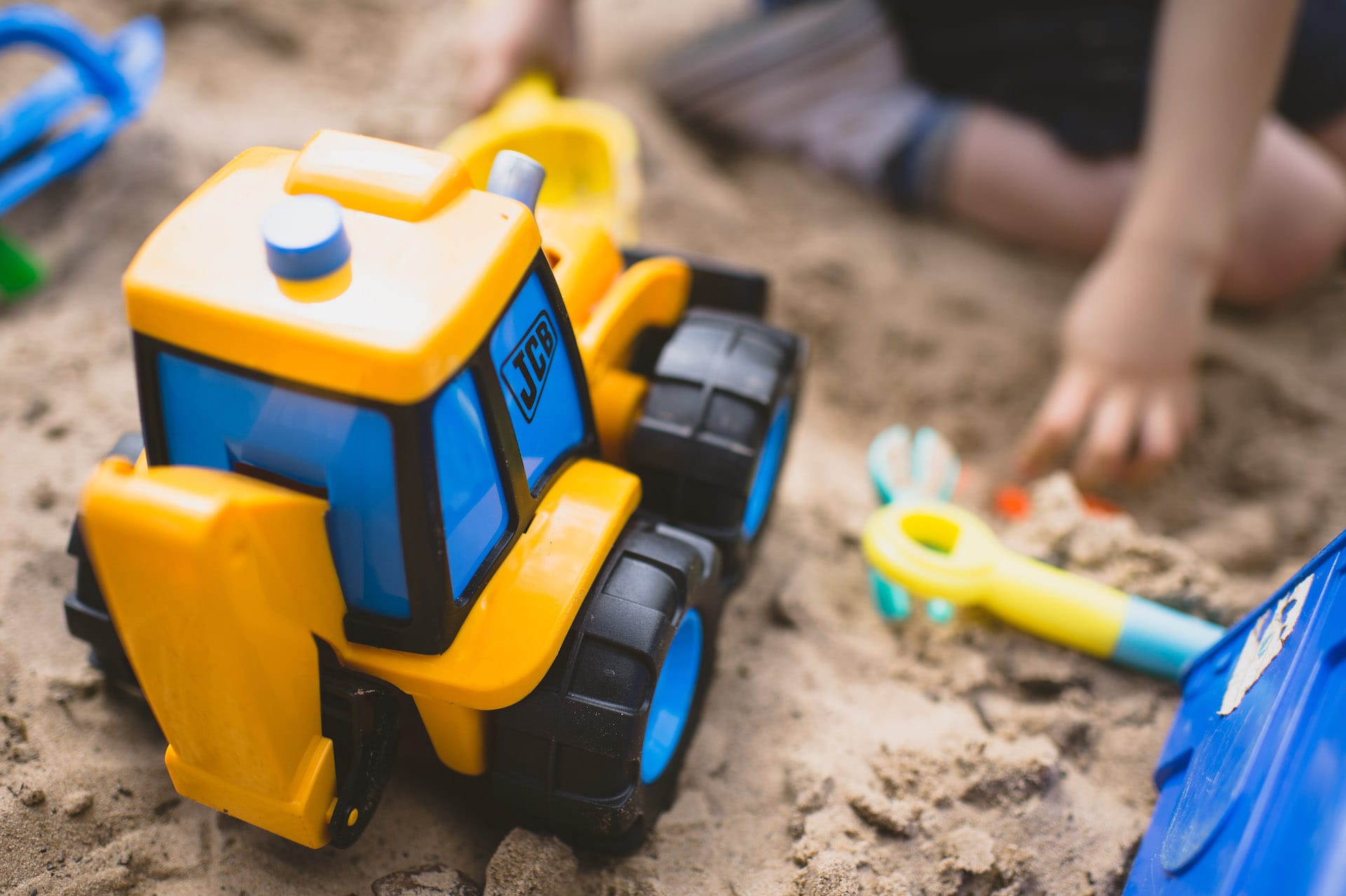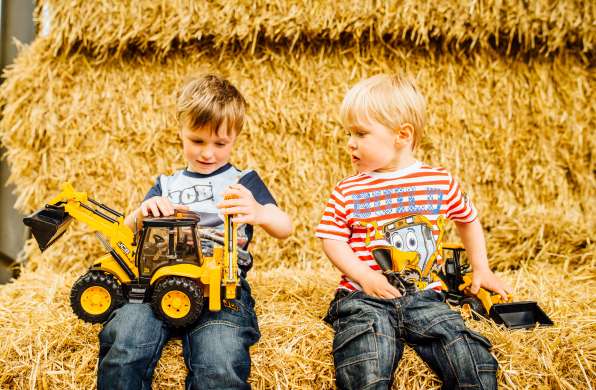What is a sensory bin?
A sensory bin or sensory box is simply a container filled with objects. It can be anything from sand and shells to stones, pine cones and coloured buttons.
If you are looking for a fun, simple activity to do with your child, consider making a sensory bin. This is a great way to encourage exploration and creativity while providing an enjoyable learning experience for kids.
It is a great learning tool. By providing different textures, colours, and sounds, you can help your child learn about their environment and the world around them. And if your little ones are obsessed with all things construction – you can even make a construction-themed sensory bin. They’re sure to love it!
How to make a construction-themed sensory bin?
All you need is some simple supplies that you may already have on hand:
- A plastic container
- Play sand
- Twigs
- Rocks
- Construction toys
Fill your plastic bin ⅓ full with play sand and to make the whole thing more genuine, create a few holes and heaps so that it resembles an actual construction site. Add several stones and pebbles and use twigs to create trees. You can go a little bit more creative and build little tunnels, roads or even a quarry!
Once you’ve prepared the surface, add some small construction vehicles, including excavators, trucks, cranes and dump trucks.
Now that you’ve put together all the elements, your little builders can finally start digging, building, moving things around, exploring and enjoying various textures, sounds and materials. This will help to stimulate their mind, whilst supporting their creativity and sensory development.
To make your sensory bin safe for younger children, you can use edible items like black beans, rice, pasta shapes or nuts. Jelly beans, marshmallows and fruit will also work great.
Benefits of using sensory bins
Sensory bins and boxes are a great way to keep your child occupied, engaged, and learning.
They provide hours of fun for children of all ages and can be tailored to fit any interest or theme. The different textures, colours, and sounds in each bin can promote development in various areas. If you’re looking for a new activity to keep your little one busy, consider giving a sensory bin a try.



